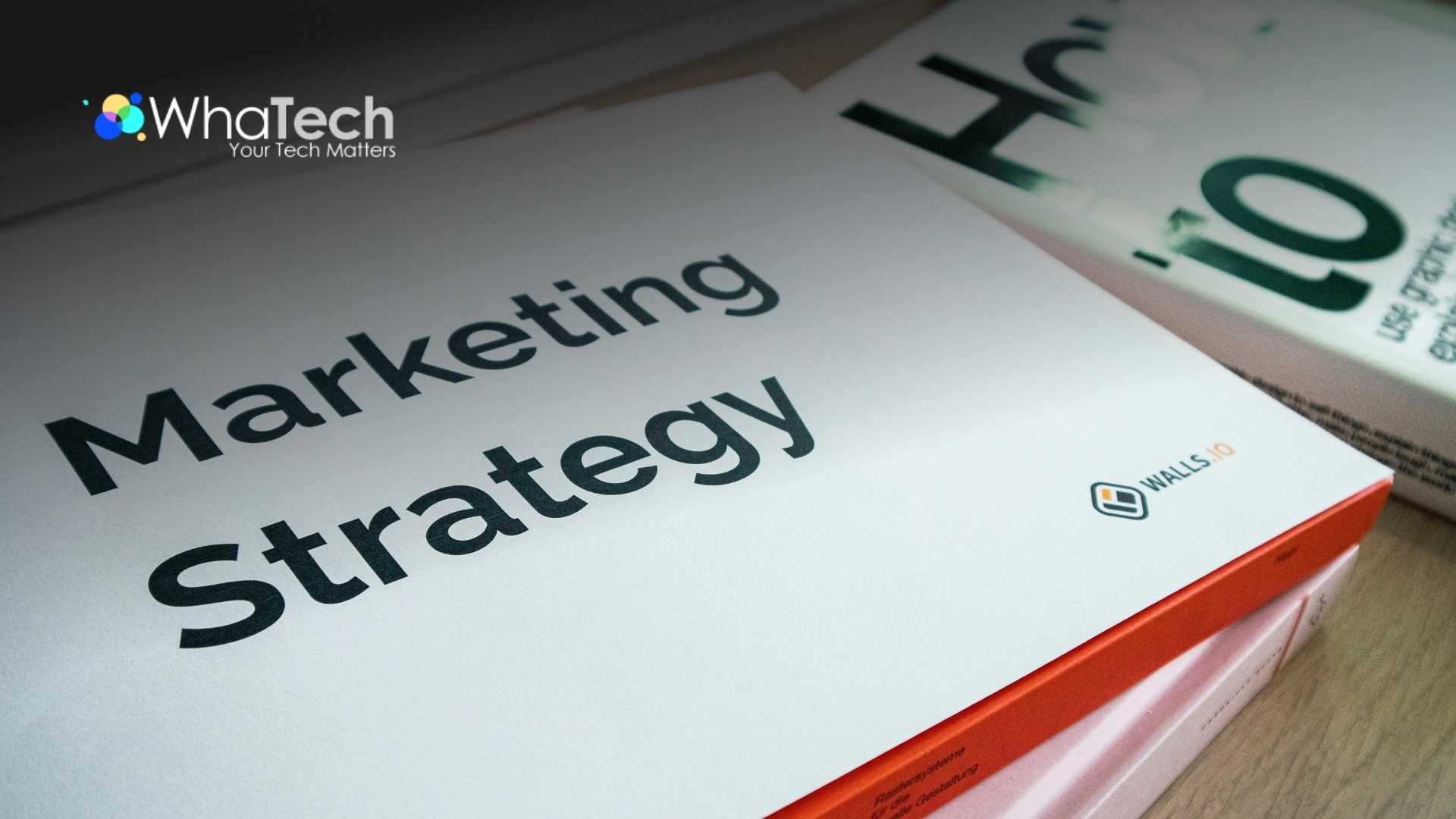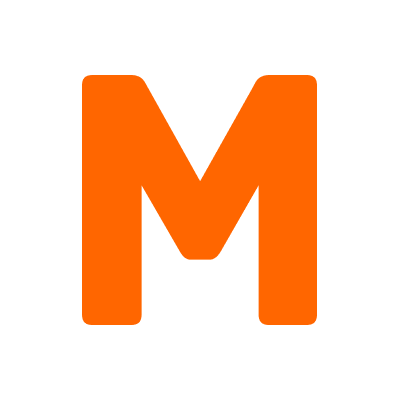

marketing digital marketing
10 Building Blocks of a High-Impact Digital Marketing Strategy in 2025
10 Building Blocks of a High-Impact Digital Marketing Strategy in 2025
 MTE
MTE
Published on : Jul 30, 2025
In today’s digital-first economy, marketing isn’t just a support function—it’s a revenue engine. Whether you’re a startup looking for traction, a mid-sized firm scaling fast, or an enterprise optimizing conversions, your digital marketing strategy determines whether you lead or lag.
And in 2025, with evolving consumer behaviors, platform changes, and AI-driven tools reshaping the landscape, a structured approach to digital marketing is no longer optional—it’s mission-critical.
Here’s a breakdown of the 10 essential components that define a high-performing digital marketing strategy this year—and how to align with the right services to scale them.
1. Start with Business Goals & Customer Clarity
Strategy without direction is just noise. Before you invest in any digital tools or agencies, define your core objectives:
-
Brand awareness?
-
Website traffic growth?
-
B2B lead generation?
-
eCommerce conversion?
-
Customer loyalty?
Equally vital is audience clarity. Who are your ideal customers? Where do they spend time online? What triggers their decisions? Understanding buyer personas, pain points, and preferred channels will shape your entire digital roadmap.
2. Conduct a Digital Audit
You can’t improve what you don’t measure. A thorough digital audit helps benchmark where you stand—and what’s underdelivering.
Evaluate:
-
Website performance & UX
-
SEO rankings & keyword coverage
-
Paid ad metrics
-
Social media traction
-
Email engagement
-
Analytics implementation (GA4, Hotjar, etc.)
Partnering with a full-service digital marketing agency or a specialized SEO company can reveal performance gaps and streamline your channel mix.
3. Leverage SEO for Sustainable Growth
SEO remains the long game in digital marketing—and the returns compound over time. If you're not showing up in search, you're not showing up at all.
Key pillars include:
-
Keyword strategy (especially commercial-intent for B2B)
-
On-page optimization (meta tags, internal linking, schema)
-
Technical SEO (page speed, mobile-friendliness, crawlability)
-
Backlink building
-
Local SEO (for multi-location businesses)
Avoid “keyword stuffing.” The best SEO agencies prioritize relevance, user intent, and content depth over vanity metrics.
4. Build a Multi-Channel Content Strategy
Content fuels every stage of your funnel. A well-structured content strategy doesn’t just inform—it nurtures, persuades, and converts.
Smart formats include:
-
Blog articles (optimized for SEO)
-
Explainer & testimonial videos
-
Infographics and data visualizations
-
Email sequences and newsletters
-
Social content tailored by platform
-
Case studies and whitepapers
Your goal isn’t to flood the internet. It’s to provide value, answer questions, and build credibility with every asset you publish.
5. Invest in Paid Media with Performance Focus
If SEO is the marathon, paid media is the sprint. But sprints still need strategy. A strong performance marketing agency will help you:
-
Set up targeted Google Ads and retargeting
-
Use Facebook/Instagram for D2C or B2C plays
-
Leverage LinkedIn Ads for B2B demand gen
-
Test YouTube and programmatic channels
-
Optimize creatives and landing pages through A/B testing
A data-driven approach ensures your ad budget drives measurable return—not just impressions.
6. Embrace Marketing Automation
Automation is your behind-the-scenes growth engine. It improves efficiency, reduces manual work, and enhances customer experience.
Leading platforms like HubSpot, ActiveCampaign, or GoHighLevel can help automate:
-
Lead nurturing journeys
-
Abandoned cart sequences
-
Onboarding workflows
-
Social media scheduling
-
CRM-driven personalization
Work with digital partners who know how to customize—not just configure—these platforms.
7. Prioritize Mobile and UX Optimization
Your website is still your most valuable digital asset. But if it’s slow or hard to navigate on mobile, you’re leaking conversions.
Focus on:
-
Responsive mobile design
-
Fast load times (<2.5 seconds)
-
Clear CTAs
-
Easy navigation & intuitive layouts
-
Accessibility and clean UI
Most top-tier digital marketing firms now bundle UX audits with their service stack—for good reason.
8. Let Analytics Lead the Way
Analytics isn’t optional. It's your GPS.
Track:
-
Website sessions and traffic sources
-
Conversion rates and customer journeys
-
Email open/click-through rates
-
ROAS (return on ad spend) and CPA
-
Customer Lifetime Value (CLTV)
Integrate tools like Google Analytics 4, Meta Pixel, Hotjar, and Looker Studio to translate numbers into actionable insights.
9. Build a Funnel-Based Approach
Not all visitors are created equal. Some are window shopping. Others are comparing vendors. A few are ready to buy.
Segment your content and campaigns by funnel stage:
-
Top of Funnel (TOFU): Educational blog posts, reels, infographics
-
Middle of Funnel (MOFU): Lead magnets, webinars, email nurture
-
Bottom of Funnel (BOFU): Product demos, comparison pages, testimonials
The best inbound marketing agencies build tailored journeys that move users from curiosity to commitment.
10. Stay Agile and Trend-Aware
The digital landscape is never static. What worked in 2023 may flop in 2025.
Stay adaptive by tracking:
-
Google algorithm updates
-
TikTok, Threads, and emerging platforms
-
AI-based personalization and content tools
-
Voice and visual search
-
Shoppable posts and influencer integrations
A smart agency will not only keep up with trends—they’ll help you capitalize on them before your competitors do.
The Bottom Line
Digital marketing success in 2025 isn’t about being everywhere—it’s about being strategically present where it matters, with the right message and tools. Whether you’re working with an SEO agency, a performance marketing team, or a full-stack digital partner, ensure your strategy is goal-aligned, customer-centric, and data-led.
Don’t just go digital. Go deliberately digital.
Get in touch with our MarTech Experts.




